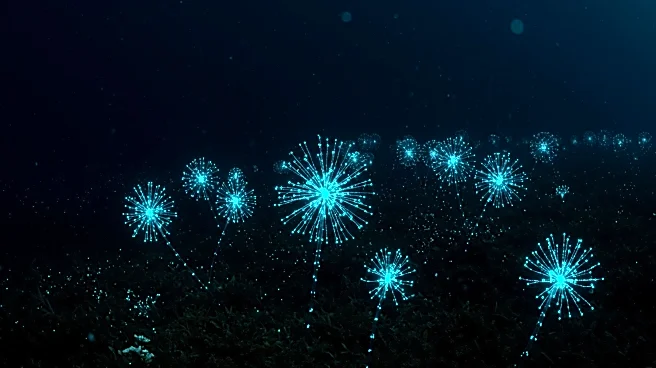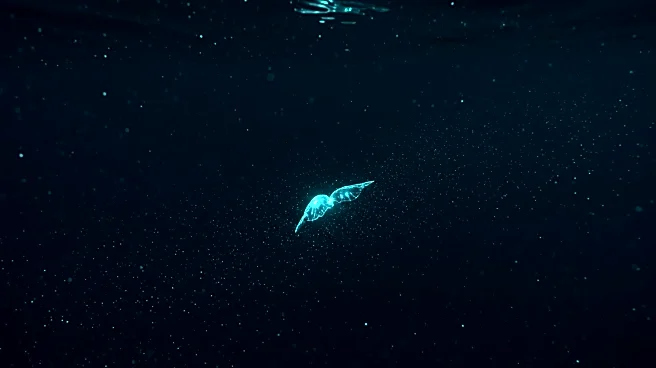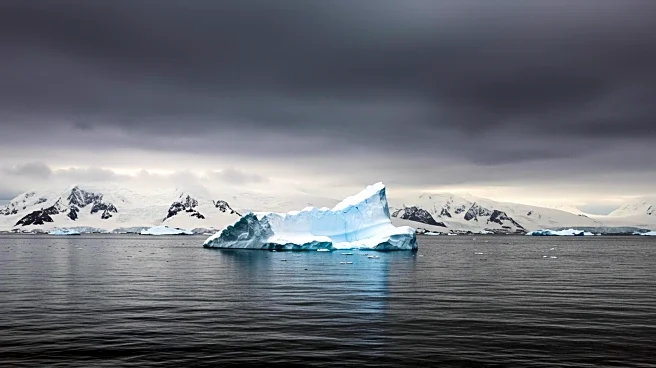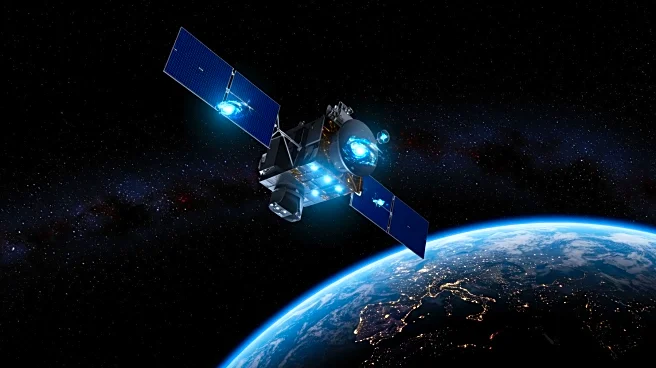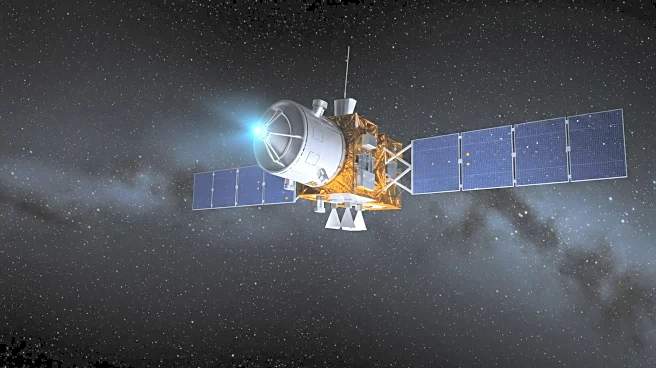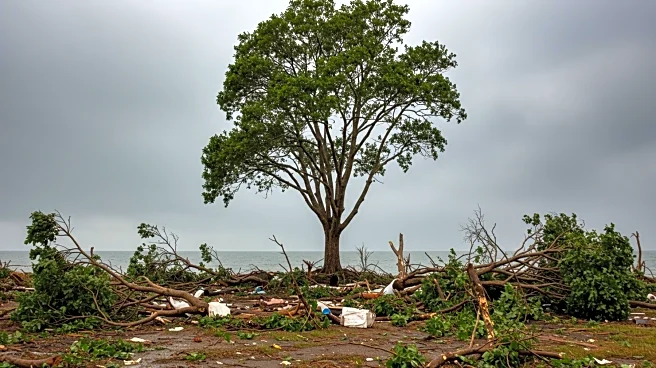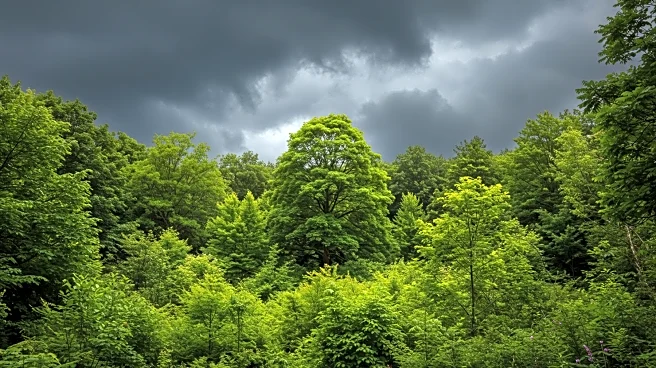What is the story about?
What's Happening?
Oceanographers have identified diatoms as the source of a mysterious glow in the Southern Ocean, previously attributed to coccolithophores. The glow, first observed in satellite images in the early 2000s, was thought to be caused by coccolithophores, microorganisms known for their reflective scales. However, recent research led by oceanographer Barney Balch aboard the research vessel Roger Revelle has revealed that diatoms, which create reflective structures from silica glass, are responsible for the optical effect. This discovery challenges previous assumptions about the distribution of coccolithophores and diatoms in polar waters, suggesting that diatoms are more prevalent than previously thought.
Why It's Important?
This finding has significant implications for understanding the global carbon cycle and the accuracy of satellite measurements of oceanic carbon concentrations. Diatoms and coccolithophores play crucial roles in sequestering carbon and supporting marine food chains. The misidentification of diatoms as coccolithophores in satellite data could lead to inaccuracies in estimating oceanic carbon levels, affecting climate models and environmental policies. The research highlights the need to review satellite estimation methods for particulate organic carbon, potentially leading to more accurate assessments of oceanic carbon sequestration and its impact on climate change.
What's Next?
The research team suggests that satellite estimation methods for particulate organic carbon need to be revised in light of these findings. Future studies may focus on refining satellite algorithms to distinguish between diatoms and coccolithophores more accurately. This could involve developing new techniques for remote sensing of oceanic microorganisms and expanding field research in remote ocean regions. The scientific community may also explore the broader ecological impacts of diatom prevalence in polar waters, including their role in marine ecosystems and carbon cycling.
Beyond the Headlines
The discovery of diatoms in unexpected regions raises questions about the adaptability and resilience of marine microorganisms in changing climates. Understanding the ecological dynamics between diatoms and coccolithophores could provide insights into how marine ecosystems respond to environmental shifts. This research also underscores the importance of field studies in validating satellite data, highlighting the challenges of studying remote and harsh environments like the Southern Ocean.
AI Generated Content
Do you find this article useful?
